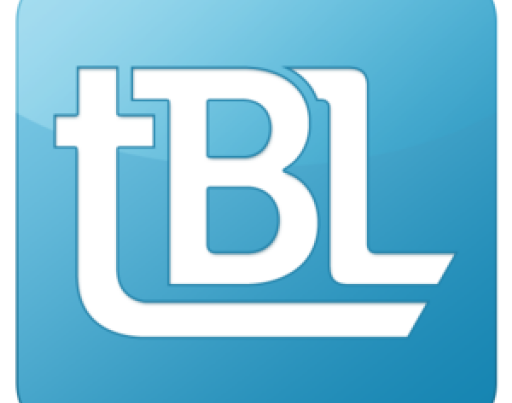
For CRE brokers already maxing out contributions to a 401(k) plan and wanting the opportunity for additional tax-deductible contributions, adding a Defined Benefit Plan to your 401(k) plan might be the logical next step.
A Defined Benefit Plan is different than a 401(k) plan, which is a defined contribution plan. The difference is in the words used, the benefit versus contribution. The 401(k)’s contribution limits are set and a combination of employee and employer money is used. The Defined Benefit Plan’s contributions are based on the employer’s promise to provide a specified future pension payment or a lump sum. The contribution is solely an employer expense.
The amount of the tax-deductible contribution depends on the goal for the future benefit and how much time the employee has before reaching retirement age. The maximum funding will lead to an account value near $2.3 million. This amount changes as other annual limits increase. It also changes based on assumed rates of return that IRS updates every year, generally around 6%. An actuary for the plan will look at the year-end account value and determine this year’s contribution range which also depends on how many years you have until retirement age.
For CRE brokers already maxing out contributions to a 401(k) plan and wanting the opportunity for additional tax-deductible contributions, adding a Defined Benefit Plan to your 401(k) plan might be the logical next step. Click To Tweet
There are several variables that make a Defined Benefit Plan ideal. First, is high enough cash flow and the desire to contribute well beyond the annual 401(k) limits.
Next, is a high enough salary. The maximum salary that can be used for funding the future benefit is $290,000 and typically increases every year. To have the largest contribution opportunity you must pay yourself the maximum salary for at least three years.
Finally, time is a very important component. To fund the maximum amount the plan will need to remain open for ten years. You as the employee will earn one credit for each year the plan is open, with ten years being the maximum.
Another element of time is your age and how close you are to retirement. The older you are the higher the contribution ranges because there is less time for the money to grow to help build the account value for the benefit. The contribution opportunity for a 60-year-old will be much higher than a 40-year-old.
Future value calculations can give you a general idea for how large the annual contributions can be.
A 40-year-old with 22 years until retirement could have a contribution of around $50,000 per year for 22 years, assuming a 6% annual rate of return.
A 50-year-old with 12 years until retirement could have a contribution of around $130,000 per year for 12 years, assuming a 6% annual rate of return.
A 60-year-old with 2 years until retirement could have a contribution of around $1,050,000 per year for 2 years, assuming a 6% annual rate of return. In this example for the 60-year-old, this broker would still have to keep the plan open for ten years in order to accrue the maximum benefit, but the contributions to the plan can be very large and for only a couple years.
We see these plans being used for brokers when they want to contribute more than the 401(k) maximum every year. When they are late in their career and want to make very large contributions to save taxes before retirement. Or when income spikes dramatically and they want to offset as much income as possible at the highest tax rates.
There are many reasons and many variables to consider before adding this type of plan. Let us help you think through the right strategy for your situation.



